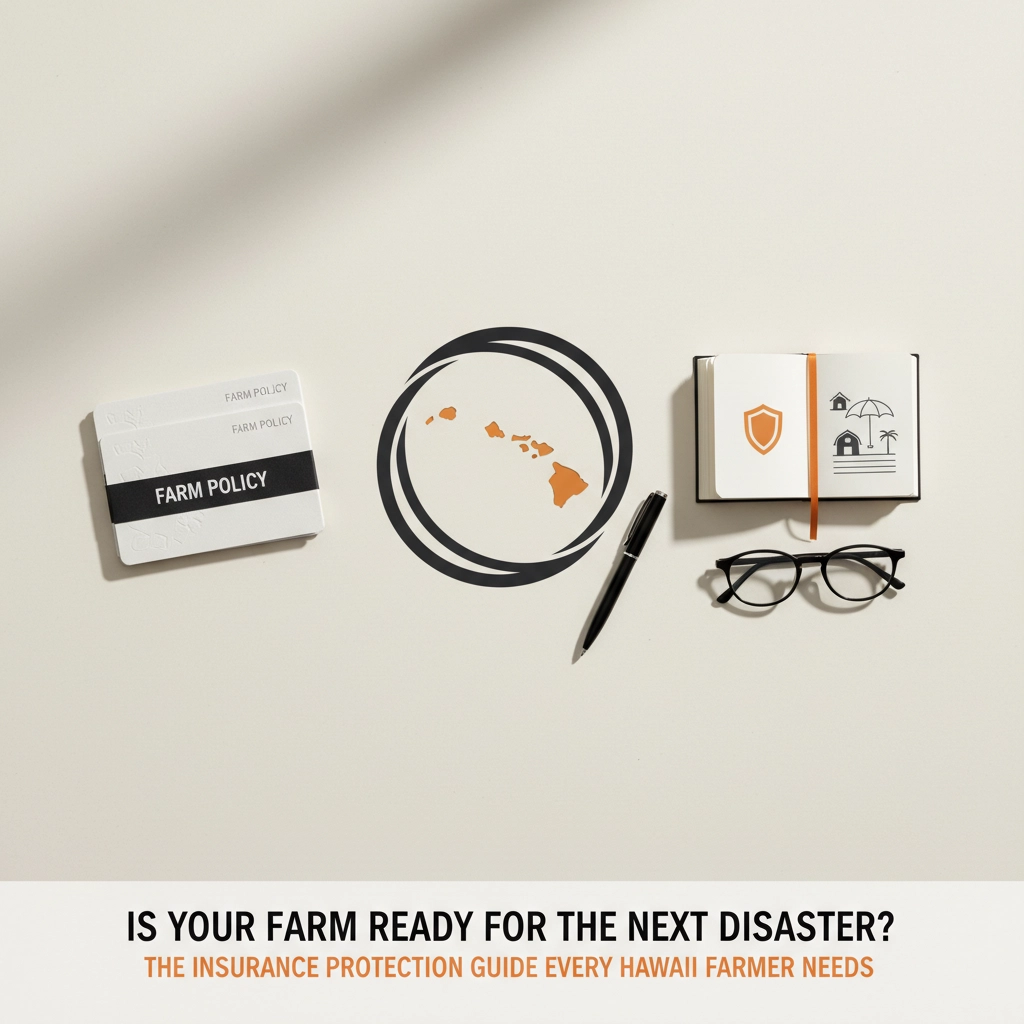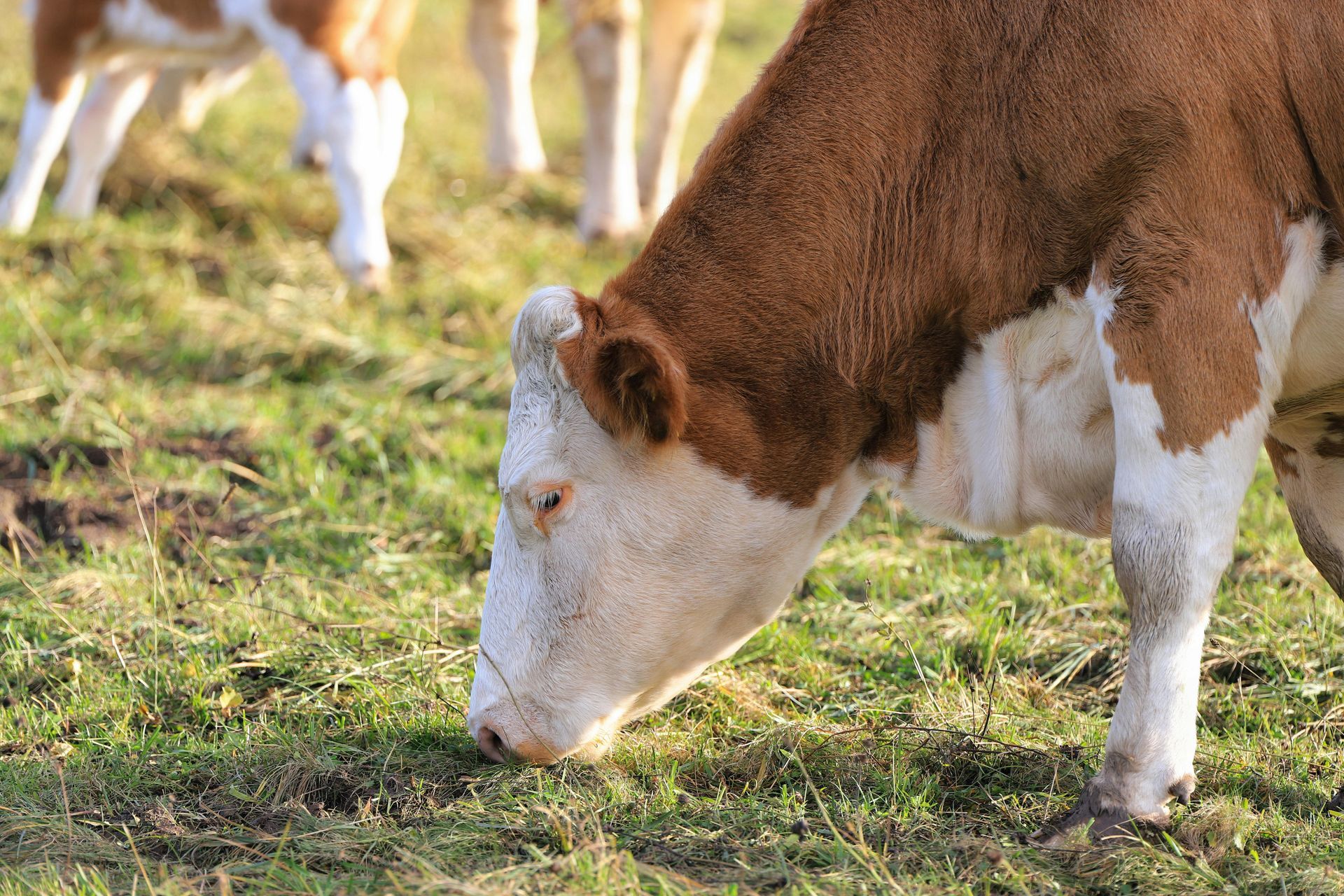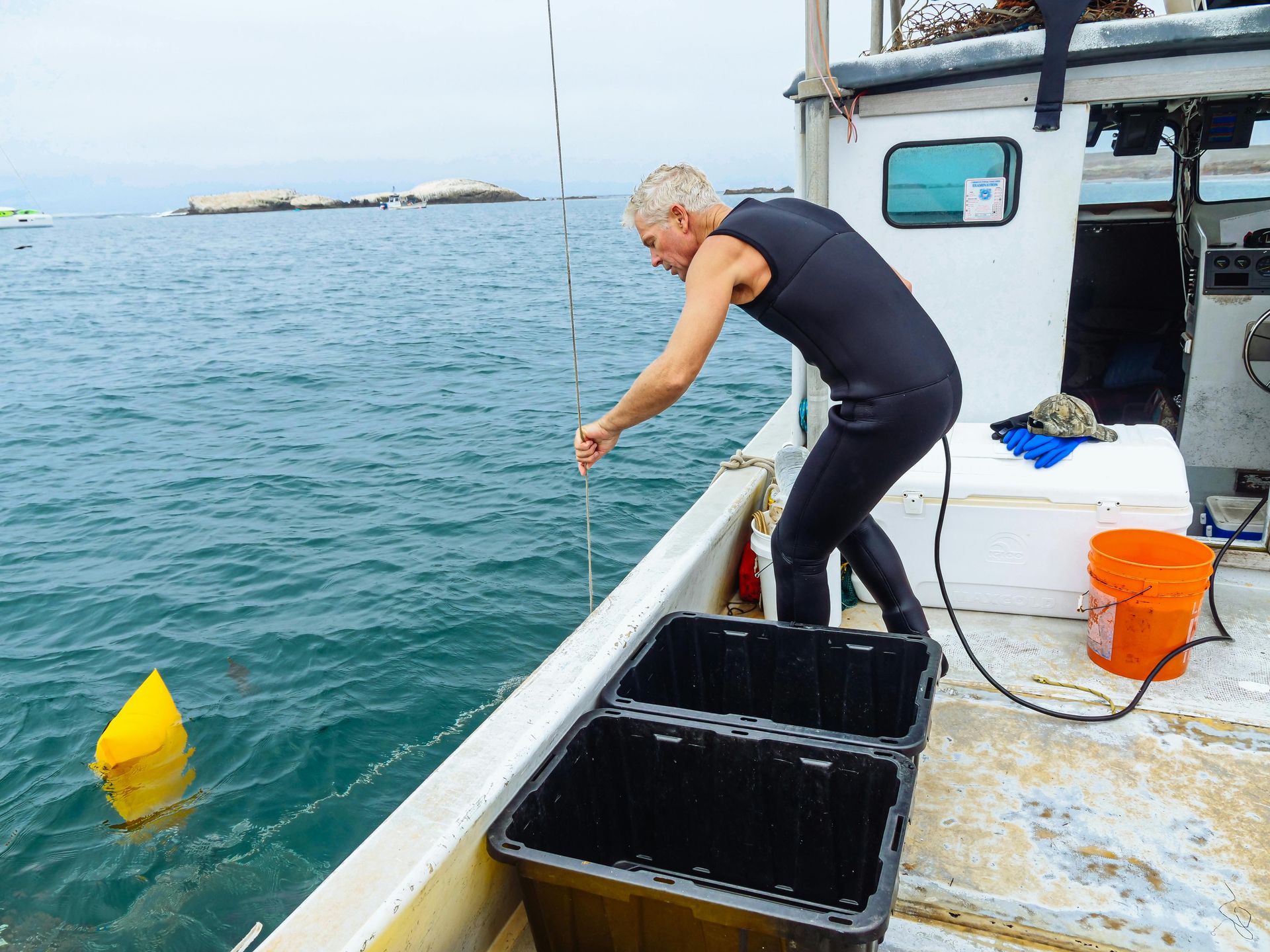Adams & Associates - Learn with Us
Is Your Farm Ready for the Next Disaster? The Insurance Protection Guide Every Hawaii Farmer Needs

Hawaii's beautiful islands come with unique challenges for farmers. Between hurricanes, volcanic activity, earthquakes, and unpredictable weather, your farm faces risks that mainland operations never worry about. The good news? You're not defenseless against these threats.
Smart farmers know that hoping for the best isn't a strategy. Let's walk through exactly what protection is available and how to set up your operation for whatever nature throws your way.
What Crop Insurance Actually Covers in Hawaii
Here's what many farmers don't realize: crop insurance in Hawaii is more comprehensive than you might think. The federal government subsidizes most premiums, making this protection surprisingly affordable.
Covered crops include:
- Macadamia trees and nuts
- Bananas
- Papayas
- Coffee
- Nursery crops
Other crops can get coverage through FSA Crop Disaster Assistance programs.
Disasters that trigger coverage:
- Hurricanes and severe weather
- Plant diseases
- Insect damage
- Wildfire
- Earthquake
- Volcanic eruption
For nursery operations, you get extra protection for delays in getting crops to market and irrigation system failures.

How Your Coverage Amount Gets Calculated
The math is straightforward:
(Number of insurable trees × tree reference price) × Coverage Level
The tree reference price factors in what it costs to replant and maintain trees back to production. Higher coverage levels mean higher premiums, but remember - the government subsidizes a big chunk of this cost.
Important catch: Your trees need to be 100% damaged or destroyed to trigger a claim. When damage exceeds 80% of a unit, it counts as a total loss.
The Whole Farm Revenue Protection Program
Got a diversified operation? This might be your best bet. The Whole Farm Revenue Protection Program (WFRP) covers everything under one policy instead of insuring crops separately.
Perfect for farms that:
- Grow specialty or organic crops
- Operate on less than 20 acres
- Sell directly to farmers markets
- Generate less than $8.5 million in revenue
- Have highly diversified operations
This program covers weather disasters, earthquakes, irrigation failures, fire, insects, plant diseases, volcanic eruption, wildlife damage, and even market price declines during the insurance year.
Your payout gets determined based on your IRS Schedule F tax forms from the previous 5 years (or 3 years if you're a beginning farmer).
Get Ready Before Disaster Hits
Review Your Policy Annually
Don't just set it and forget it. Every year, check:
- Coverage amounts and eligible causes of loss
- Key dates and deadlines
- Summary of Coverage details
- Number of insured acres
- Any elected options
Document Everything
Create a detailed inventory before disaster strikes. Take photos and videos of:
- All farm buildings
- Equipment and vehicles
- Livestock
- Crop conditions
Store copies in multiple places - your computer, an off-site location, and cloud storage with weekly backups. This documentation becomes critical for insurance claims and recovery assistance.
Prepare Your Property
- Clean out culverts, ditches, and drainage areas
- Remove debris that could become projectiles in high winds
- Secure large objects and equipment
- Develop emergency plans with meeting points and evacuation routes
Check Your Agent's Contact Info
Make sure you have current phone numbers and email addresses for both your crop insurance agent and insurance company. Verify that they have your updated contact information too.
What to Do When Disaster Strikes
Act Fast - You Have 72 Hours
Contact your crop insurance agent immediately to file a notice of loss or damage. Don't wait - you have just 72 hours from when you discover the damage.
Follow up in writing within 15 days and keep copies of everything for your records.
Don't Touch Anything Yet
If you're thinking about replanting, switching crops, or destroying damaged plants, stop. Contact your agent first. Your insurance provider needs to inspect and release the acres before you do anything. Destroying crops before they release the acres could mean your claim gets denied.
What Happens Next
Your approved insurance provider will send a loss adjuster to inspect your crop and determine if your yield or crop value falls below your insurance guarantee. They'll handle the calculations and determine your payout.

New Protection Options for 2025
The USDA expanded Pasture, Rangeland, and Forage (PRF) rainfall index insurance to include Hawaii this year. If you raise livestock or produce forage, this gives you another layer of protection against weather-related losses.
Beyond Crop Insurance - Complete Farm Protection
Crop insurance protects your plants, but what about everything else? Consider these additional coverage areas:
Property Insurance
- Farm buildings and structures
- Equipment and machinery
- Stored crops and supplies
Liability Protection
- Visitor injuries on your property
- Product liability for direct sales
- Employee-related incidents
Business Interruption
- Lost income during recovery
- Extra expenses to keep operating
- Temporary relocation costs
Want to explore your business insurance options ? A comprehensive approach protects more than just your crops.
Common Mistakes to Avoid
Waiting Too Long
Insurance policies don't cover damage if they're not in place before a disaster. Don't wait for hurricane season to start shopping for coverage.
Underestimating Coverage Needs
Calculate replacement costs realistically. Factor in inflation and current market prices, not what you paid years ago.
Poor Record Keeping
Messy or incomplete records slow down claims and can reduce your payout. Keep detailed production records and update them regularly.
Skipping the Fine Print
Know what triggers coverage and what doesn't. Losses from neglect or poor farming practices won't be covered.
Questions About Your Farm's Protection?
Every farm is different, and cookie-cutter approaches don't work in agriculture. Your crop mix, acreage, marketing methods, and risk tolerance all affect what protection makes sense.
The federal government subsidizes crop insurance premiums specifically because they want farmers protected against disasters. Take advantage of this support - it's designed for exactly your situation.
Ready to review your farm's disaster protection? Contact us for a comprehensive evaluation of your coverage needs. We'll help you build a protection plan that fits your operation and budget.
Your farm represents years of hard work and investment. Make sure one bad season doesn't wipe out everything you've built. The right insurance protection gives you the security to focus on what you do best - growing crops that feed our communities.










